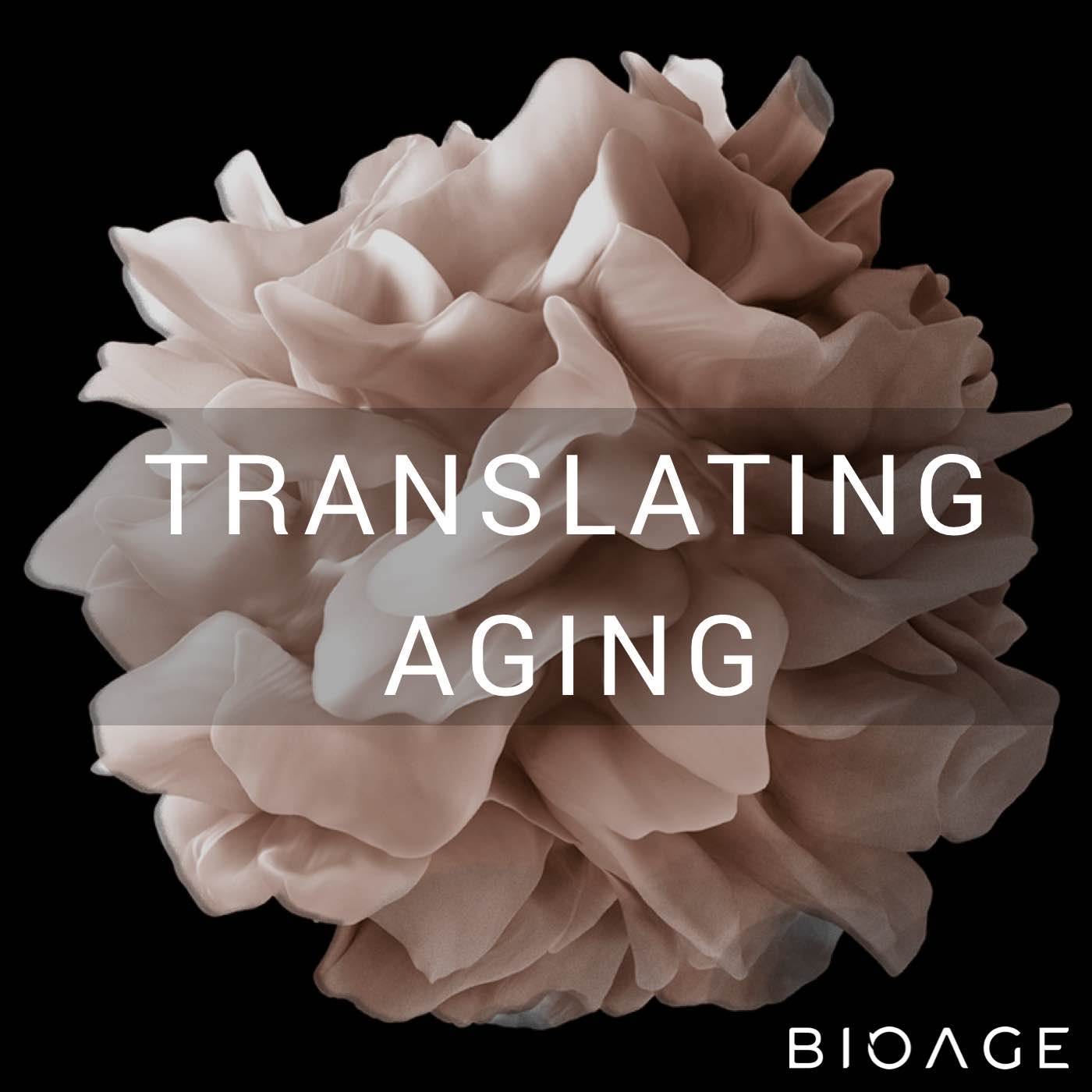Discovering New Senolytics with Neural Networks (Felix Wong, Integrated Biosciences)
Description
Dr. Felix Wong is a co-founder of Integrated Biosciences, an early-stage biotech company developing next-generation therapeutics for cellular rejuvenation. He is also a postdoc at MIT and the Broad Institute and was a lead author on a recent Nature Aging paper describing the use of graph neural networks to discover new senolytic compounds.
In this episode, Felix and host Chris Patil have an in-depth discussion about using machine learning to accelerate drug discovery, specifically to target cellular senescence. They explore how graph neural networks were trained on screening data to evaluate large chemical spaces and identify new senolytic molecules with medicinal properties superior to those of previously known compounds.
Key topics:
- What cellular senescence is and why selectively eliminating senescent cells may have therapeutic benefits for aging and age-related diseases
- Limitations of traditional high-throughput screening approaches and the vastness of chemical space
- How graph neural networks work and how Felix’s team trained them on senolytic screening data
- Applying the models to search much larger chemical libraries and identify promising new senolytic scaffolds
- Experimental validation and characterization of hits from the AI screening
- The potential to use this machine learning approach more broadly for phenotypic drug discovery
- Felix’s new company Integrated Biosciences and their mission to control cellular stress responses using synthetic biology and AI
Quotes:
Quotes have been lightly edited for clarity.
"We found that machine learning models might allow us to more productively search chemical space and increase our working hit rates."
"What was fascinating to us about senescence cells is that, unlike other pathologies or diseases, these cells are not really characterized by a single target."
"The quality of any machine learning model is limited by the quality of the training data. And that in turn is limited by how good your screens are, and how good your understanding of the biology is."
“That's really what machine learning is doing, trying to think about things in a very high dimensional manner. And then trying to build models that help to separate what is positive and what is negative.”
“So what ideally we would want is for any model to be able to generalize, to be able to predict chemical scaffolds that the model has not previously seen, and positively identify those scaffolds as new senolytics.”
"Ideally, we would like to treat aging and age-related diseases, just like how antibiotics treat bacterial infections."
“At Integrated, we're trying to kind of look at these stress responses holistically. We think that senescence is only a piece of the bigger puzzle.”
Links:
Email questions, comments, and feedback to podcast@bioagelabs.com
Translating Aging on Twitter: @bioagepodcast
BioAge Labs Website bioagelabs.com
BioAge Labs Twitter @bioagelabs
BioAge Labs LinkedIn





